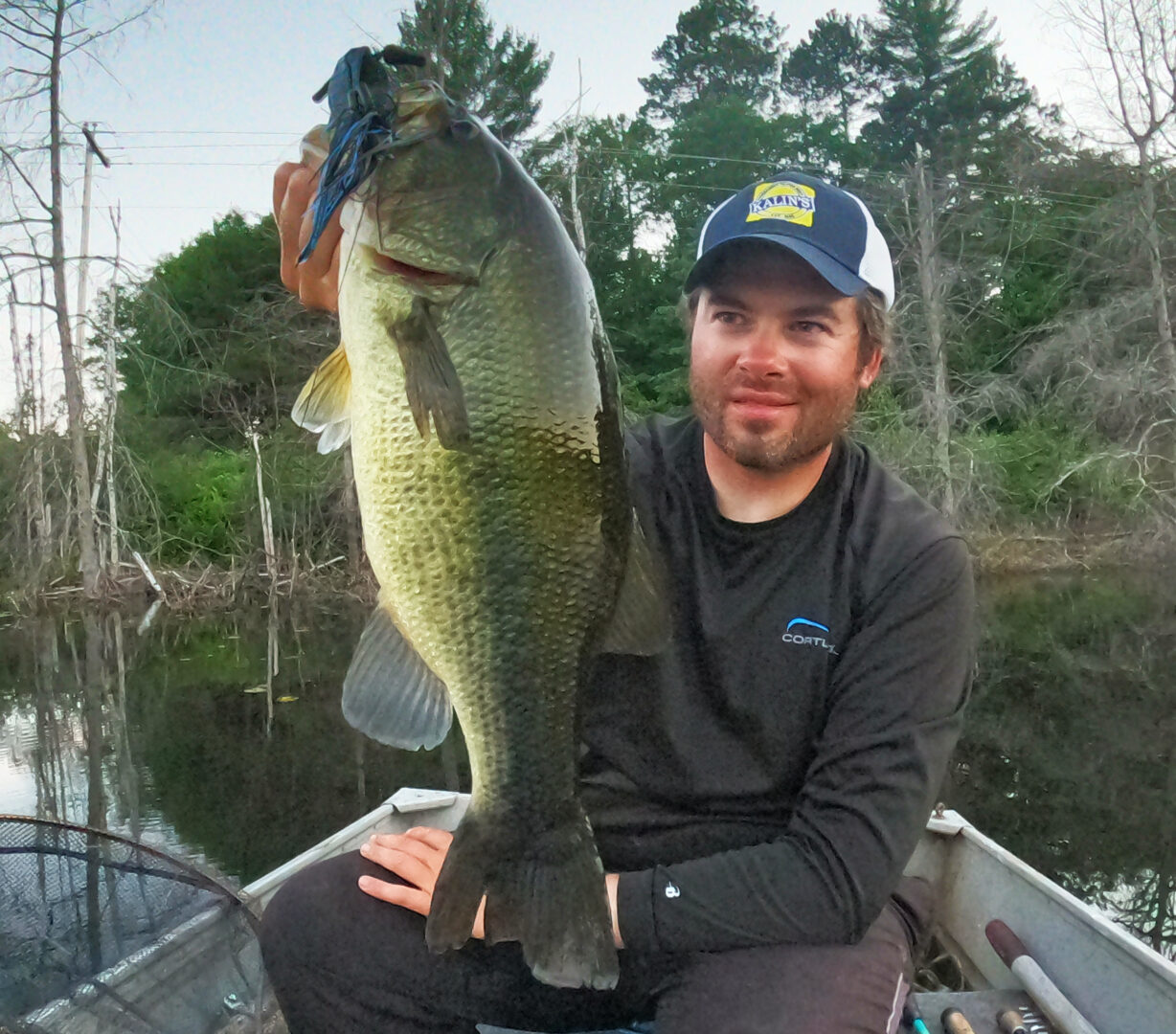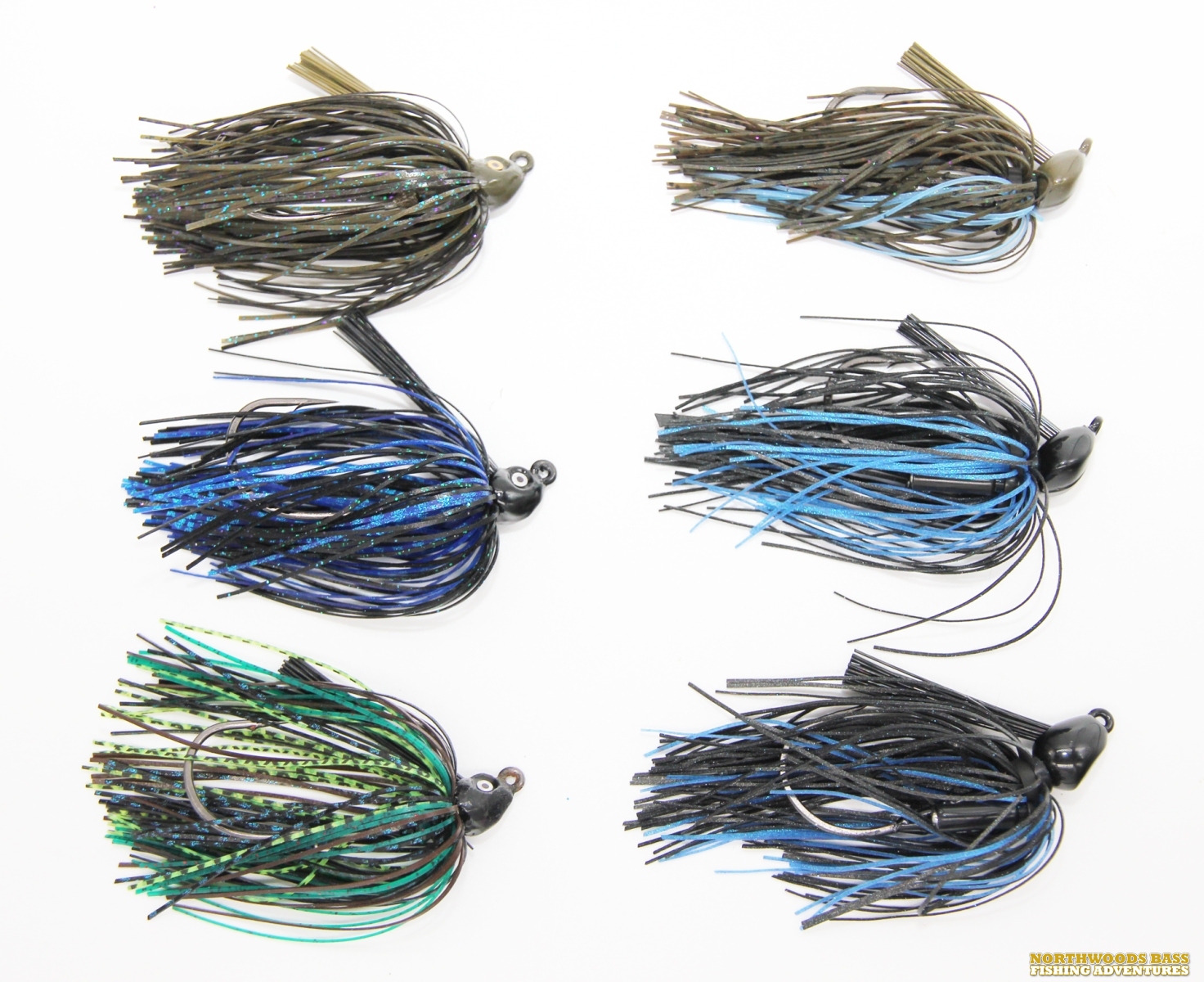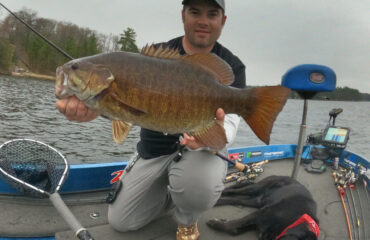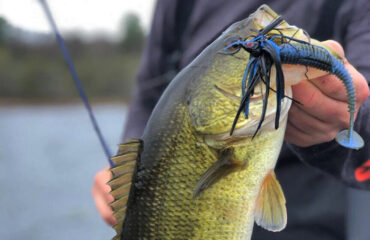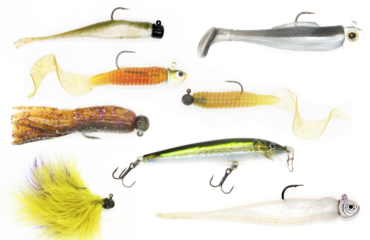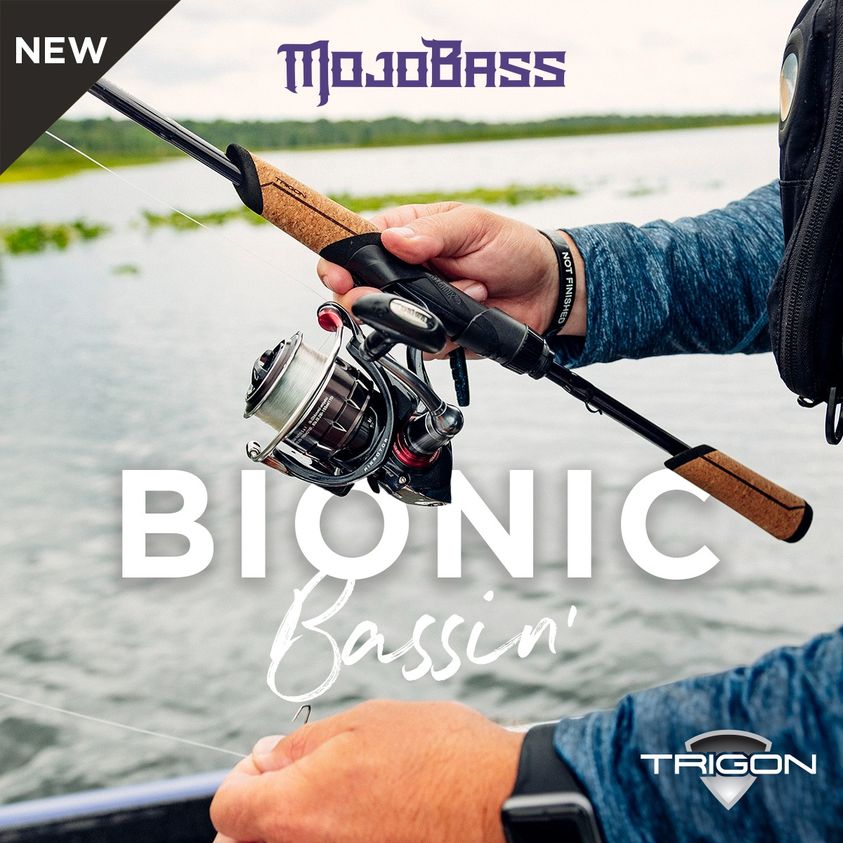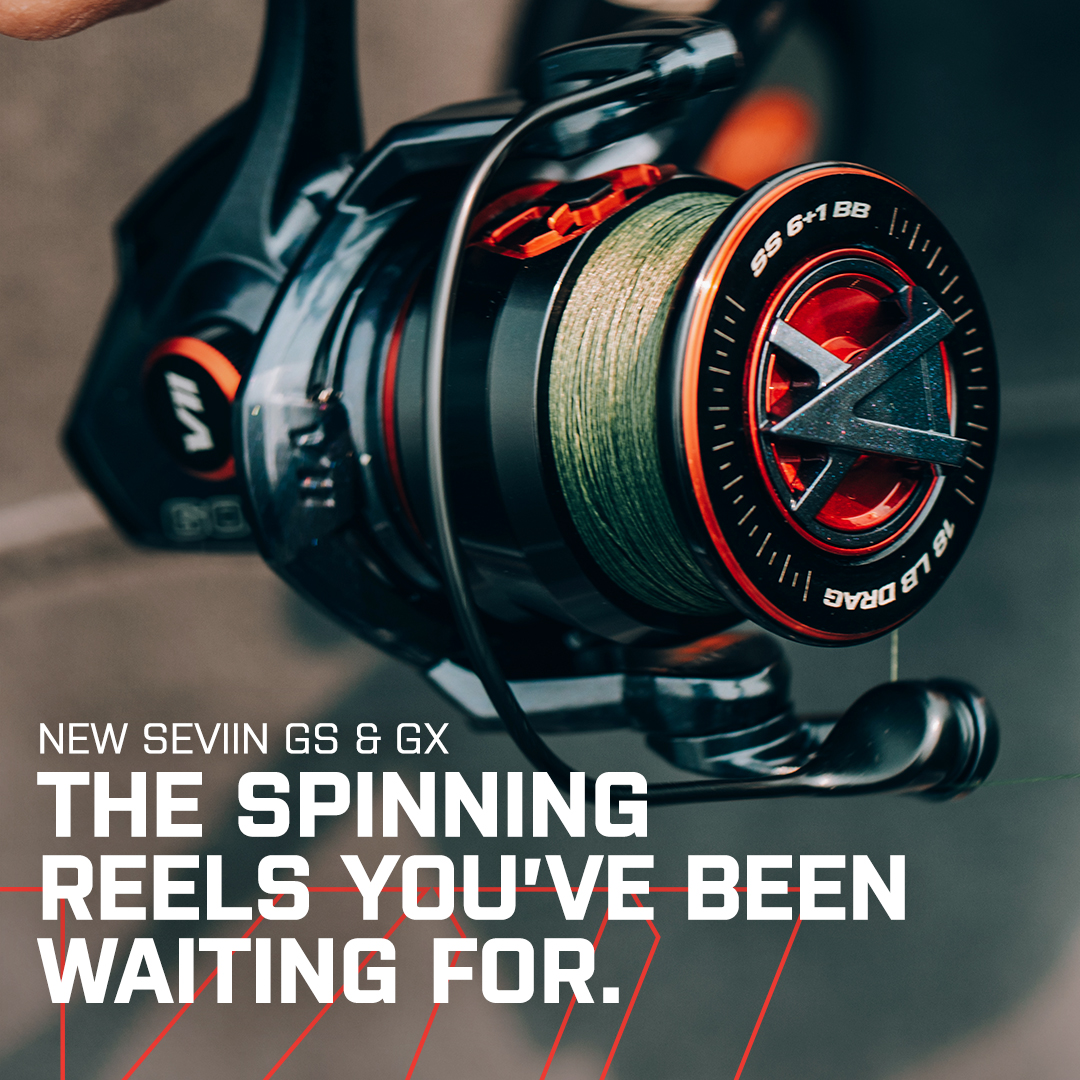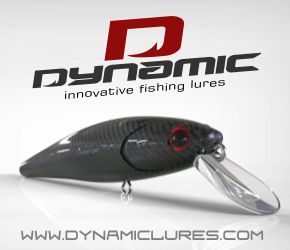Flooded Out Largemouth
Water covers more than 80 percent of the earth’s surface, in oceans, lakes, rivers, ponds, ice caps, glaciers, and even underground aquifers. It is a limited renewable resource for its precipitation and evaporation cycle. Water always evaporates, moving to the atmosphere where it will help create the next incoming weather system. Jet streams will deliver the next rainfall or snowfall. But what if the jet stream pattern takes a detour to elsewhere?
When the jet stream fails to “FedEx” our needed rainfall and snowfall, droughts can occur. Every 10 to 12 years, my region of Northern Wisconsin experiences a drought period. The consequence of drought reduces aquatic life, fish populations, and fishing success. The aquatic ecosystem will reacts and adapts accordingly to the cycle.
A Famine to the Fishery
A place’s climate can change from year to year, or decade to decade. The last documented drought period for the region began in summer 1998, and didn’t relent until 2012. Seemingly a famine, the Northwoods received meager amounts of rainfall and snowfall when the jet stream never visited, detouring to the north or south instead those years. Prior in history, the region’s last well-known drought lasted from the late 1970’s before expiring in 1989.
Since 2012, excessive wet seasons have come and winters consistently averaged 100 inches of snowfall. We’ve been blessed with a prosperous high water period in which all lakes and aquatic life have greatly benefited. But cycles only last for so long, and we could be slowly reentering the next drought period evidenced by last winter’s lack of snowfall and rainfall in 2021, and the jet stream’s southern detour into Illinois instead.
Drought cycles greatly impact lake habitats and fish populations. Seepage lakes rely on groundwater supply and spring run-off to refill and recharge. Drainage lakes rely on inflows and surrounding wetlands for their water supply. When these lake types are unable to refill, habitat availability is reduced, fish spawning habitat is eliminated, weed growth dwindles, lake fertility declines, poor spawning success and recruitment follows, and boat landings and access can dry up. The poorer lake health is evident, and the fishing quality mirrors it.
During drought cycles, we’ve witnessed and experienced poor panfish, largemouth bass, and northern pike hatches. On Wisconsin’s seepage lakes, populations of each species drastically decline. The largemouth bass of these lakes also take on skinny physiques. I remember when my 20 acre lake was more than 5 ft below normal, its black crappies and northern pike struggled to spawn, and populations dwindled to near-extinction. Nowadays, they’re both able to spawn with cover and protection everywhere. Meanwhile in our high water, flood years, from 2015 to 2020, they’ve both flourished and exploded in number. Largemouth bass have expanded and grown heavier too!
Beyond fisheries, drought has drastic effects on the watershed. In the last drought, wetlands were no longer wet. Creeks and streams were no longer sending their runoff and discharge into drainage lakes. Seepage lakes lost upwards of 5 to 8 ft of depth and precious shoreline habitat due to depleted groundwater supply. Flowage systems were commonly 10 to 15 ft below full pool, often being barren with only a meager river channel meandering through by late summer. Likewise, the rivers flowing into them were also low and never flooded.
When water volume is reduced, the whole ecosystem consolidates, compresses, and suffers. But when there is an excessive amount of water like we’ve had the past decade, the whole water body benefits. Flooded shorelines create jungles of underwater habitat, cover, spawning site availability, and greater fish survivability. From 2018 to the present, the fisheries of flooded lakes have flourished, and largemouth bass fishing has exploded.
Low Water - Seepage Lake
Beyond fisheries, drought has drastic effects on the watershed. In the last drought, wetlands were no longer wet. Creeks and streams were no longer sending their runoff and discharge into drainage lakes. Seepage lakes lost upwards of 5 to 8 ft of depth and precious shoreline habitat due to depleted groundwater supply. Flowage systems were commonly 10 to 15 ft below full pool, often being barren with only a meager river channel meandering through by late summer. Likewise, the rivers flowing into them were also low and never flooded.
Largemouth Bass Fisheries Explode
In a lake’s high water years, lily pads sprout and reclaim the lake’s littoral zone. Eel grass, pondweed and cabbage weed species expand throughout too. Laydowns, wood cover, and trees become submerged. Bogs, tamarack swamps, and wetlands surrounding the lake also absorb water from the overcapacity lake.
When high water rises into these shoreline areas, they flood with big bass. Flooded bushes offer a canopy of cover in which largemouth are fee to roam and explore deep into the flooded overgrowth and buffer zone.
The fishing focus of spring and summer should be around flooded near shore cover. These locations are bass magnets in spring for spawning habitat. However, largemouth frequently remain close by all summer long due to the forage overabundance of amphibian species, minnows, and juvenile bluegills attracted to the flooded cover too.
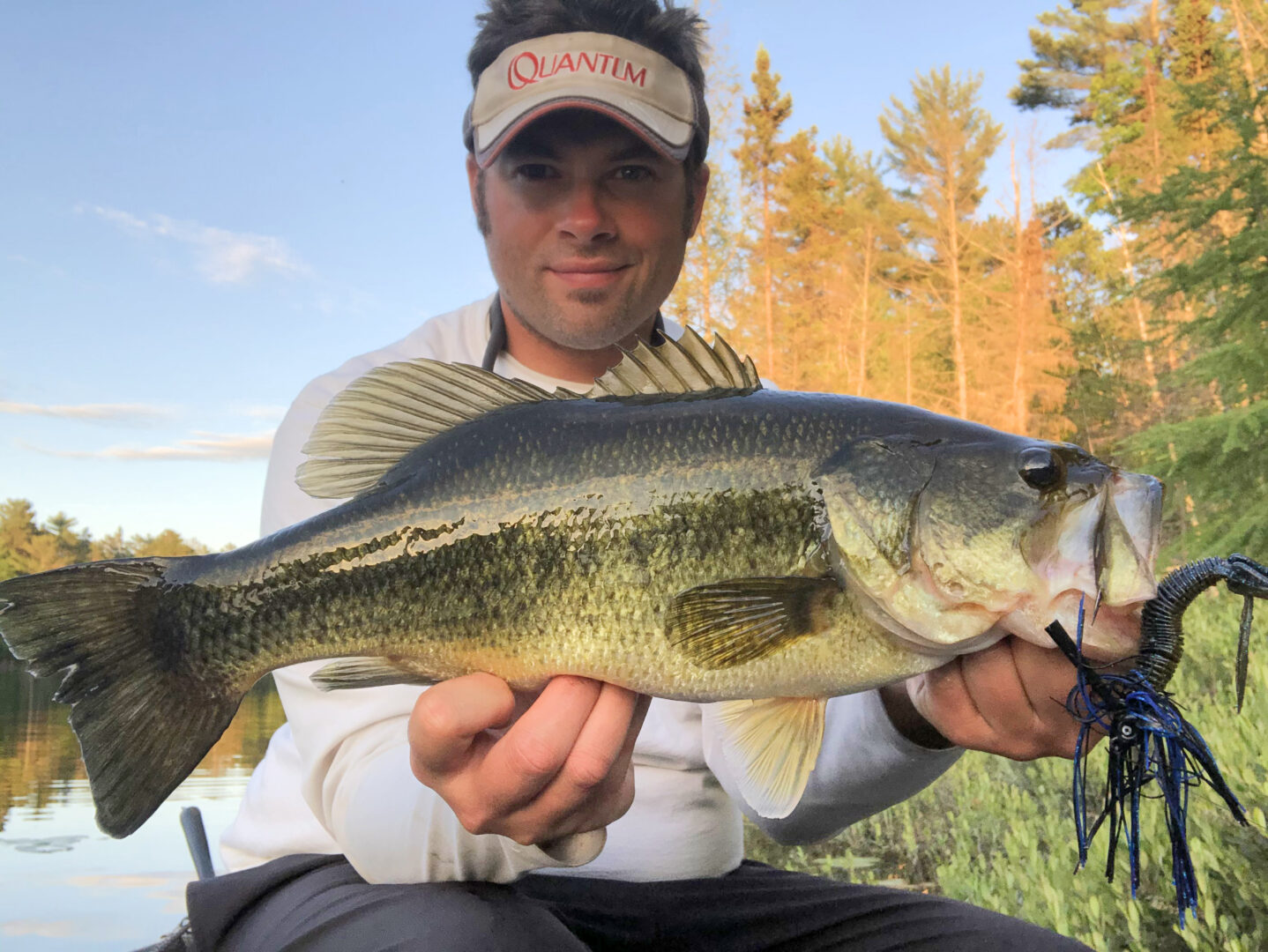
These past few seasons, bogs and flooded buffer zones have become a focal point to most of my spring and summer largemouth fishing. If you’ve been fishing only the edges of the bog, which was once the lake’s shoreline, you’re not fishing effectively and deep enough.
Largemouth will roam, mingle, and ambush deep into the flooded bogs and overgrowth that can be impenetrable for the average angler. These flooded buffer zones can overflow several yards past the lake’s original shoreline, creating amazing habitat for bass.
Their edges can be good too. Check the points and pockets. The largest bushes with depth in these areas normally attract the biggest fish, with them relating to the thickest, shadiest portions of them.
As water clarities are improved during early season and into spawning season, you’ll be able to sight fish these locations effectively.
Launching boats into flooded lakes can be as difficult, and occasionally impossible, as it once was attempting to launch into a dried up landing in drought years. Only this time the entire vehicle can be in the water. Today, many original boat landings and access sites have been submerged or reclaimed by flooded habitat. Some of these seepage lakes are presently 5 to 8 ft. higher than the original lake bed.
Flood Strategy
Fishing strategies will vary by lake size and difficulty of access. On small lakes with a wilderness approach, kayak and small boats equipped with electric trolling motor are best and most effective. You can quietly stalk the shallows, not spook, and avoid near shore commotion and destruction.
On large lakes whose ramps will allow launching with boat & trailer, any water craft with an 8 inch or less draft is best. You’ll be able to penetrate through brush and submerged bogs, deep into the flooded buffer zone. 80 to 101 lb. thrust trolling motors are necessary for navigation and meandering. Cable steer is better than power steer due to the maneuverability required. Push poles will get the job done too, and will provide better stealth and navigation. Anchoring systems are helpful in wind, but usually not necessary.
Once you find the fish, attacking the flooded cover, its openings, and casting lanes is accomplished with skillful pitching and flipping tactics. Shallow water cover fishing and largemouth extraction requires heavier rod and reel set-ups with braided lines.

For my target shooting, I’ve flooded myself with a variety of St. Croix Rod options. In the heaviest impenetrable cover, I’ll choose my Victory Flip’N (VTC73HMF) that is paired with a 7:0.1 gear ratio Quantum Accurist 570 PT featuring a flipping switch. This reel was specifically designed by pitching and flipping master, Gary Klein. It is spooled with 50 lb. Cortland Silent Flip, a silky smooth and quiet 16 carrier construction braid. The next two options, I use my 7 ft heavy action St. Croix Legend Tournament Bass Dock Sniper (LBC70HF), as well as the Mojo Bass Dock Sniper (MJC70HF). Both rods are paired with 7:3.1 Quantum Tour S3’s and spooled with 20 lb. Cortland Masterbraid, and used for working along the edges and through casting lanes with casting jigs. The Dock Sniper, with its IPC blank, has an outstanding flex and loading capacity. It is tailor-made for pitching, flipping, and skipping. If you have even shorter rods in your arsenal, you’ll fish these environments with better angles. High end rods are not necessary due to the abrasive and damaging habitat, but greatly aids bite detection and powerful hook setting.
3/8 oz. to ¾ oz. black and blue jigs are synonymous with largemouth fishing, and are the only colorways needed in casting, and pitching & flipping head styles. Freedom Tackle FT Series structure jigs and flipping jigs answer the call.
Pitching and flipping brush guard jigs in combination with craw and creature trailers such as Bizz Baits Bizz Bugs and Killer Craws in black & blue, and mud craw colors are phenomenal. Creature baits that include YUM Wooly Bugs (bream), Missile Baits D-Bombs (superbug), Net Bait’s Paca Craw and Chunk, and Berkley’s MaxScent Creature Hawg are each outstanding jig trailers also. These are the only jig trailers I tend to carry.
Pitching and flipping must be prioritized. However, there may be some openings and edges to make a few accurate casts. Active fish could be meandering through these casting lanes. Surface frogs are the best secondary option. They are snag resistant, penetrable, and work best around laydowns and pads situated on the outer edges.
Previously, I had been fishing with Vexan’s Ninja Frogs in both popper and walker styles. More recently, I’ve turned to Scum Frog’s Launch Frog and Pro Series, and Kalin’s Lily Stalker Frog. In my observation, largemouth bass are not particular over colorways. Therefore dark greens, maroons, and blacks that contrast best work every time.
Recommended frog gear is St. Croix’s Mojo Bass Slop-N-Frog (MJC74HF), a 7 ft. 4 in. heavy-fast rated for heavy penetration, and brand new Legend Tournament Bass Slop-N-Frog (LBTC74HF). Another personal favorite is the Victory Full Contact (VTC74HF), also a 7 ft. 4 in. heavy action designed for slop fishing. If longer lengths cannot be used, settle for a much shorter rod of similar rating. My frog set-up is also complimented with the same reel and line choice I use for my pitching and flipping.
Employing this fishing methodology and strategy on a number of Wisconsin’s seepage and drainage lakes since 2017 has resulted in several trophy largemouth catches spring through summer. These locations will also pay off again in early fall and unusual Indian Summer conditions when there is a major push of big fish into the shallows. As a result of our high water and its flooded habitats, these specimens are feeding frequently, now more than ever before in their lifetimes.
Flipping & Pitching Jigs
Feast on High Water
Drought and low water is famine, reducing habitat, fish populations, and is detrimental to spawning success and bass growth. High water is a feast, providing spawning enhancement, increased lake fertility, and abundant feeding opportunities. Our largemouth bass reap the rewards with improved size structures, growth rates, and body weights today.
The past 5 seasons of fishing have produced the heaviest, most abundant largemouth bass catches I can ever recall, rivaling some of my memories from the last high water era of the early 1990’s when I was just graduating from a snoopy rod and graduating to beginner status with a Zebco-33. High water levels and submerged shoreline cover is unquestionably responsible.
Seepage lakes benefit the most from excess rainfall and run-off, as they evaporate quickest and recover slowest. Drainage lakes are affected and impacted less due to creeks and inflows, but if they dry up there isn’t much discharge to replenish these systems.
Take advantage of high water opportunities. Once the next drought cycle settles in, our lakes will experience another lake life reduction and habitat elimination. However long it lasts is unknown.
We cannot control rainfall and snowfall, but it’ll control and maintain our water levels. As long as this current high water cycle persists, be advantageous and extract big bass from flooded lake habitats and locations whenever and wherever possible. Largemouths frequently visit them throughout spring, summer, and fall. High water flood fishing presents a unique experience with reliable and predictable fishing opportunities.

Andrew Ragas splits time between the Chicago area and Wisconsin’s Northwoods. Based in Minocqua, WI, he specializes in trophy bass fishing and offers guided trips from May thru October. While big bass is the passion, he dabbles in multi-species as well. He may be visited online at www.northwoodsbass.com


